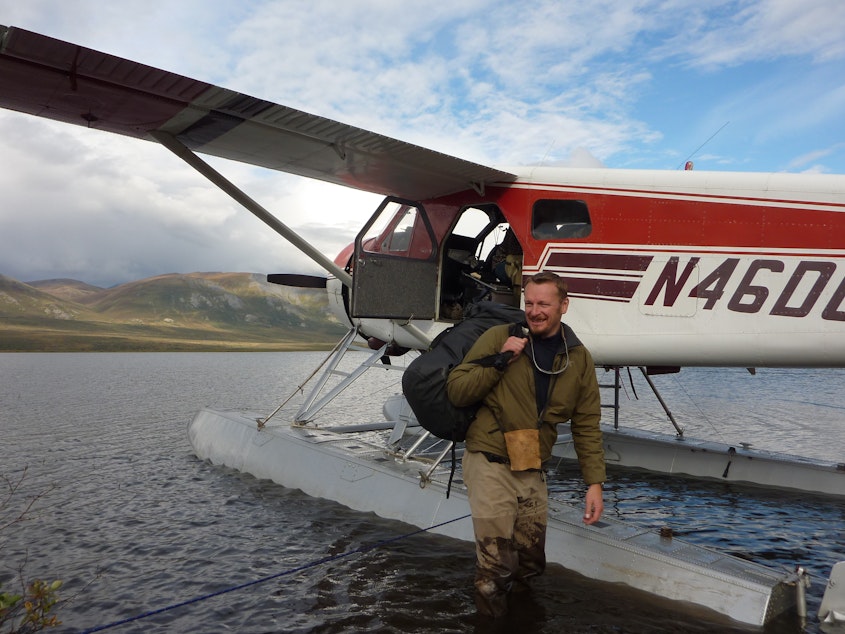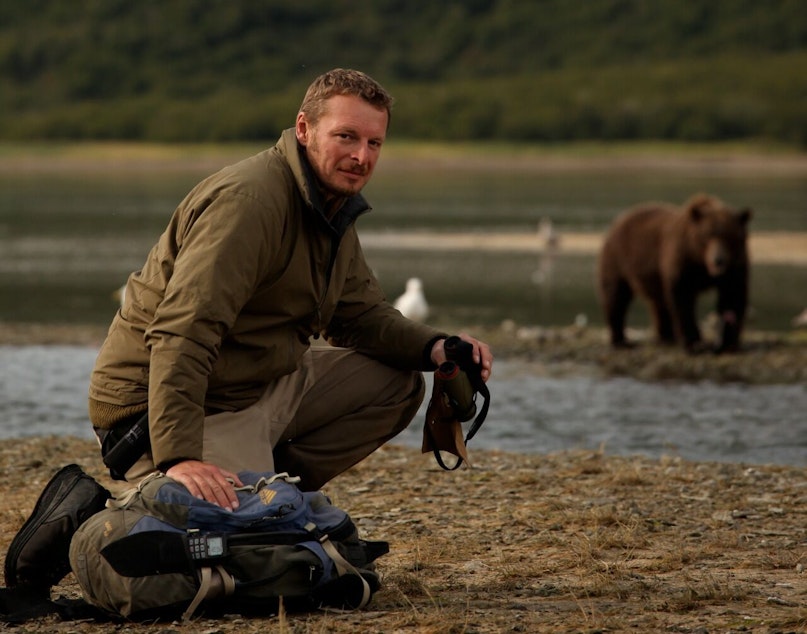Animal psychology and how to stay safe in the wild

I’m not someone who looks for trouble, but on my travels I’ve been peed on by orangutans, charged by grizzly bears, treed by moose, bitten by squirrels, stalked by polar bears, followed by wolves, chased by wild boar, and even had my finger sliced open by a leaf-cutter ant once.
These encounters always make me wonder not just what is going through these animals’ minds, but why. And understanding that is key to staying safe in the wild.
This episode of THE WILD is not about gnarly animal attacks; those hyped-up shows drive me a little crazy — they always make the animal look bad, when really it’s just trying to get through life.
We’re going to dig a little deeper and ask, what do these eyeball to eyeball encounters teach us about animal behavior and our own behavior?
It’s the bears I know best and being safe around them is something I’m asked about a lot by people who live or recreate near them.

Sponsored
When I’m on a trail there are a few things I carry:
- Bear pepper spray – this stuff has saved lots of lives and is way more effective than a firearm
- Food cache kit
And there are a few things I do:
- Make noise – A “hey bear” every once in a while does the trick
- Be alert – read the landscape like the bear does. Look for bear signs like scat, tracks or hair on rub trees
Sponsored
If you do run into a bear:
- Talk to it and avoid eye contact – these little things count in the bear’s world
- Always give the bear an escape route – none of us like to be cornered
- Let the bear make the first move is best
If you’re unlucky enough to be physically attacked — something very rare, but not impossible — know when you should fight back or play dead. It’s not just about the type of bear, but the type of encounter. Is the bear reacting to being surprised or behaving in a predatory way?
This is why understanding how their minds operate is so important. The bears know the rules, and so should we.
Alright, let’s go to the game tape for an example:
There’s some key body language going on. Notice how the mother bear is looking behind her? She’s not following the hiker; she’s way more concerned about her cubs that she is with him. Male bears sometimes kill cubs and she knows it. She’s putting some distance between her group and any bears behind.
So what seems initially to millions of viewers like a big mama bear pursuing a man down a narrow trail is not that at all. In fact I know that trail well, and if he had just stepped off it, she would have walked right by. Knowing her motivation would have changed everything.

Sponsored
Each of the three north American bears is different. Black bears are basically like 300-pound raccoons, even the mothers don’t usually get too defensive of their cubs. But give grizzlies a real wide berth – even 100 yards might not seem far enough.
With polar bears the trick is to carry a large caliber rifle and always travel with someone much older and slower than you!
Working on bears and other big carnivores has opened so many windows for me into the minds of animals and also into our own psyches.
When we face off with a big mammal we’re tapping into some primal stuff: Your ancient synapses kick in and your hypothalamus gets you ready to fight back or run like hell! We’re all pretty much apes just below the surface.
Our survival used to depend upon knowing about the wild and the animals we might run into there. Sometimes it still does.
I think it all comes down to one main thing: mutual respect.
Explore where we have gone to report on this season of THE WILD. You can zoom, move around and click on the icons for more tidbits:
On this episode of THE WILD, Chris also talks about being safe around cougars and viral videos of surprising encounters with other creatures:
- Brown bear encounter
- Mountain biker meets mountain lion
- Sea lion drags girl off dock
- Gorillas in Uganda
THE WILD is a production of KUOW in Seattle in partnership with Chris Morgan and The UPROAR Fund. It is produced by Matt Martin and edited by Jim Gates. It’s hosted, produced and written by Chris Morgan. Fact checking by Apryle Craig. Our theme music is by Michael Parker. Produced for the web by Kara McDermott.





